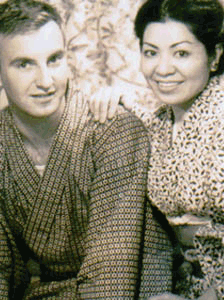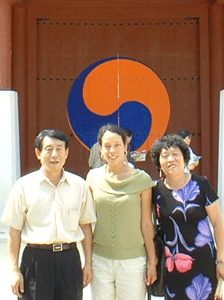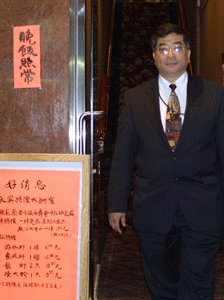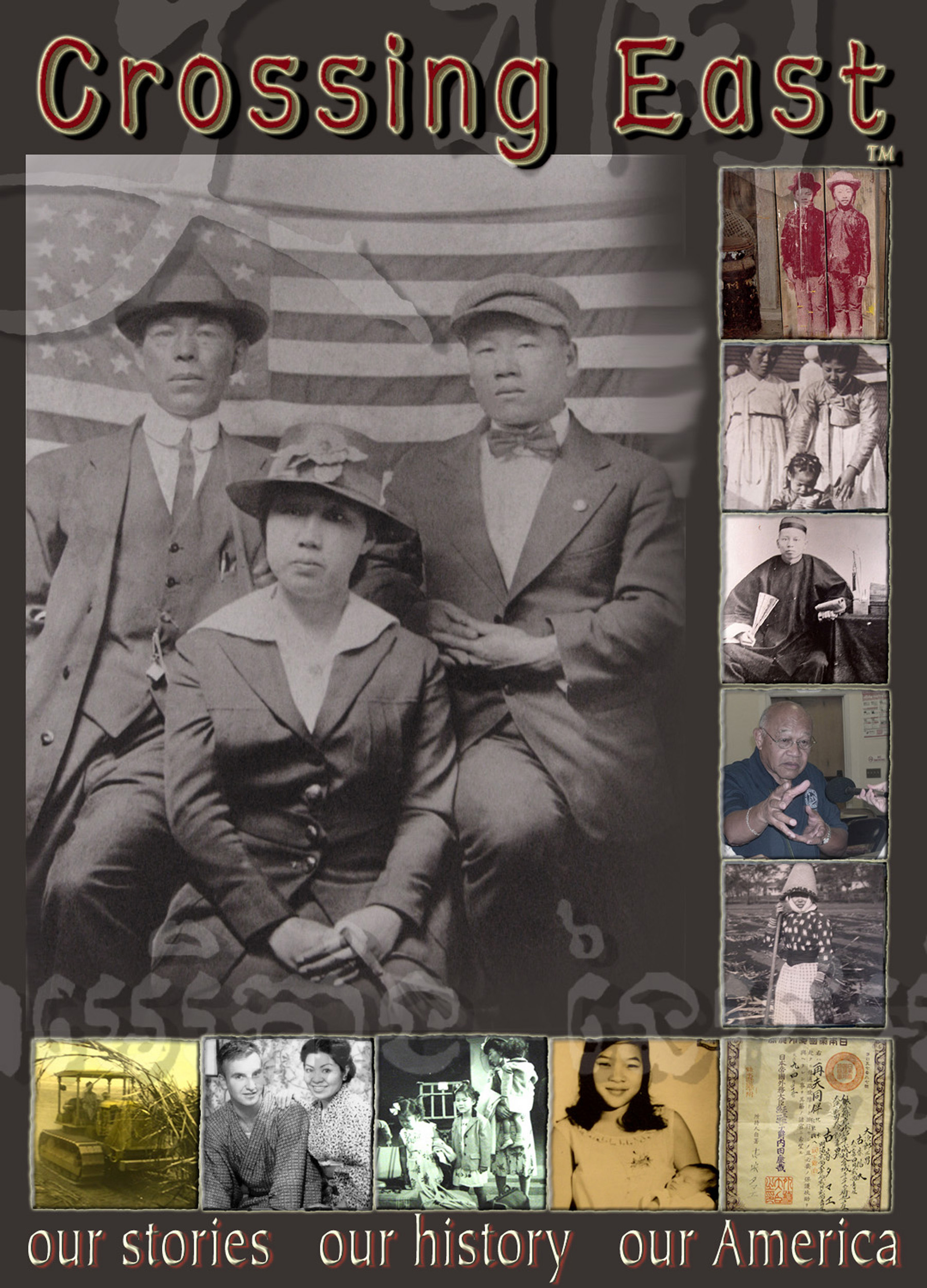Wars create poverty conditions and a surplus of dispossessed women and children. Many women married American service men. Many children were adopted and sent to the U.S. Crossing East explores the little told accounts of military brides and Asian American adoptees.
Listen: Crossing East Program 5 – Brides and Children
 Segment One: Military Brides
Segment One: Military Brides
After World War Two, American men wanted to bring their brides back to America with them from Europe and Asia. The War Brides Act of 1945 made it possible. But it excluded Asian women who married American servicemen. Many Japanese women, working to support their families after the devastation of WWII, fell in love with American soldiers stationed there. During the Korean War and later during the Vietnam War, the same thin g happened, and young men and women endured ridicule, bureaucracy and discrimination to stay together.
Acknowledgements:
Maria Miyagi and Dave Bartruff, Kazuko Umezu and Carl Stout, Wen Kim Denham, and Tsuchino and Michael Forrester.
Produced by Dmae Roberts and Sara Caswell Kolbet with Contributor Miae Kim
Military Brides Archival Material
 Segment Two: The Story of Ok Cha Yang
Segment Two: The Story of Ok Cha Yang
Ok Cha Yang arrived with her husband in 1972. Like many military brides from Korea, she faced the stigma attached to marrying a US soldier. And in the US, she faced the obstacles of being an immigrant woman—not knowing the language, not understanding customs and having no family or community support. She eventually lost touch with her family. Recently, Ok Cha Yang and her daughter Rainjita traveled to Korea to find her long-lost brothers and sisters.
Produced by Rainjita Yang-Geesler
The Story of Ok Cha Yang Archival Material
 Segment Three: I Am
Segment Three: I Am
“So what are you, anyway?” It’s a question many multi-cultural Asian Americans have heard throughout their lives. Answering it was difficult for those born in the 50’s and 60’s when interracial marriages were not as common as today. Many had no name for their identify and relied on “half-this, half-the other.” As decades moved on, the answer has been constantly changing, and for many, the question can be tiring to hear.
Acknowledgements:
Daniel Mori Schwinn, Julie Thi Underhill, Wei Ming Dariotis, Janet Stickmon, Anthony Brown, and Cahn Oxelson.
Produced by Rainjita Yang-Geesler
 Segment Four: Unanswerable Question
Segment Four: Unanswerable Question
The Korean War ended in 1953 leaving many children poverty-stricken or orphaned by the war. Americans started adopting Korean children in the 1950’s. Though adoptive parents may have meant well, the emphasis was on cutting ties to Korea and raising the children in mostly white communities. More than 100,000 Korean adoptees live in the US, with more arriving every day.
Acknowledgements:
Writer Katy Robinson, Ruben Chapelhein, Kate Hers, Hyunju Chapelhein, Johnny Collins, Writer Thomas Clement, Lowell Rojon, and Debra Johnson.
Produced by Sara Caswell Kolbet and Miae Kim
Unanswerable Question Archival Material
 Segment Five: Baby Pictures
Segment Five: Baby Pictures
As the Vietnam War came to an end in 1975, US-assisted orphanages in Vietnam feared that if North Vietnam were victorious, all the children might be killed. Humanitarian groups suggested as many children as possible be taken out of the country. On April 3rd, 1975, President Gerald Ford announced that up to 70,000 children would be flown out of the country to the United States. Around 2,700 arrived and were adopted in the US before the fall of Saigon on April 15th. Now adults, these adoptees share their search for a sense of self.
Acknowledgements:
Richard and Tina Silver, Jared Rehberg, Shannon Hetrick, Betty Tisdale, Archive.org for newsreels.
Produced by Sara Caswell Kolbet with Contributor Miae Kim
Baby Pictures Archival Material
 Segment Six: Where I’m From
Segment Six: Where I’m From
Every year, approximately 5000 children from China are adopted into the United States. Beginning in the 1990s China replaced South Korea as the leading sending country of Asian adopted children to the United States. In 1992, the Chinese government passed laws enabling foreigners to adopt Chinese children. There is no doubt that international adoption is changing the landscape of American life. Learning from the experiences of older Korean and Vietnamese adoptees, international adoptive parents, especially those adopting from China, actively seek to include more of the culture of the child’s birth country as part of family life.
Acknowledgements:
Ruben and Hyunju Chapellhine, Ying Ying Fry, Amy Klatzkin, Terry Fry, and fellow adoptees Maya, Zaji, Meili, Yang, Maggie and Kam.
